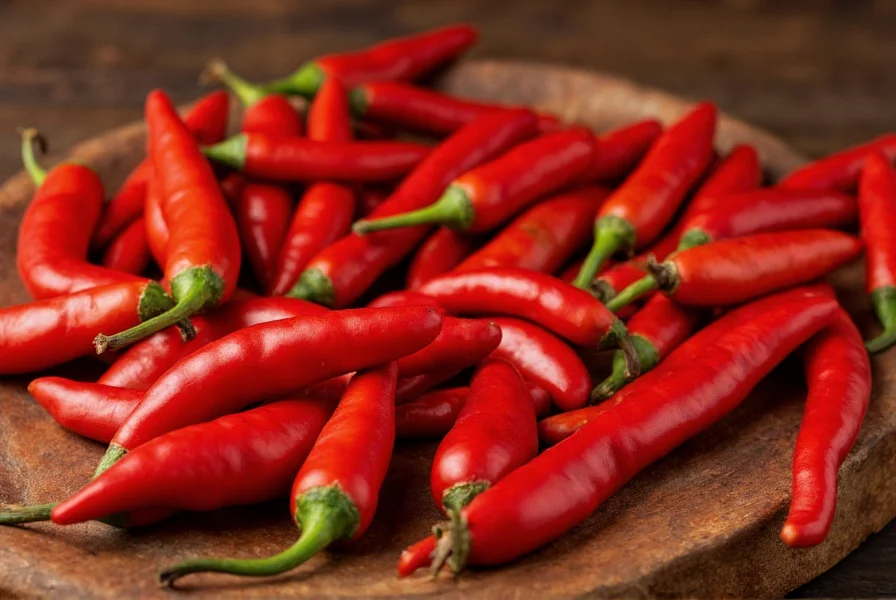Why Chilies Become Overpoweringly Spicy
Chili heat comes from capsaicin, a compound concentrated in the white membranes and seeds. Several factors can make your chili unexpectedly spicy: using hotter-than-expected chili varieties, failing to remove membranes, or miscalculating quantities. Understanding why is my chili too spicy helps prevent future issues. Different chili types vary dramatically in Scoville Heat Units (SHU)—from mild poblanos (1,000 SHU) to fiery Carolina Reapers (2,200,000 SHU).
Immediate Remedies for Overly Spicy Chili
When facing how to make chili less spicy immediately, focus on ingredients that chemically interact with capsaicin:
| Remedy Type | How It Works | Best Applications |
|---|---|---|
| Dairy Products | Casein protein binds to capsaicin | Sour cream, yogurt, cheese, milk |
| Acidic Ingredients | Neutralizes pH and breaks down capsaicin | Lime juice, vinegar, tomato paste |
| Starchy Components | Dilutes concentration of capsaicin | Rice, beans, potatoes, bread |
| Sugars | Counteracts heat perception | Honey, sugar, sweet vegetables |
Dairy-Based Solutions
For the quick fix for overly spicy chili, dairy works best. Stir in 1/4 cup of full-fat sour cream or Greek yogurt per serving. The casein protein in dairy binds to capsaicin molecules, effectively removing them from your taste receptors. For soups or stews, swirl in heavy cream gradually while heating. Avoid low-fat dairy products—they contain less casein and are less effective.

Acidic Counteragents
Acids neutralize the alkaline nature of capsaicin. Add 1-2 tablespoons of lime juice or apple cider vinegar to your entire batch. Tomatoes (in paste or diced form) provide both acidity and volume to dilute spiciness. For immediate relief while eating, squeeze fresh lime directly onto your serving. This approach works particularly well for neutralize spiciness in food without altering texture significantly.
Preventative Measures for Future Cooking
Understanding how to prevent chili from being too spicy saves time and ingredients:
- Seed and membrane removal: Use a spoon to scrape out white membranes where 80% of capsaicin resides
- Gradual addition: Start with half the recommended chili amount, then adjust after 15 minutes of cooking
- Heat testing: Toast a small piece of chili, cool, then taste before adding to your dish
- Wear gloves: Prevents capsaicin transfer to sensitive areas like eyes
Common Misconceptions About Spicy Food Remedies
Many believe water cools spicy food, but it actually spreads capsaicin since oil and water don't mix. Alcoholic beverages like beer worsen the burning sensation by dissolving more capsaicin. Ice cream seems logical but its high sugar content can intensify heat perception for some people. The most effective best remedies for spicy food involve fat (dairy), acid, or starch—not temperature changes.
Building Tolerance to Spicy Foods
Regular exposure to capsaicin desensitizes TRPV1 receptors responsible for heat perception. Start with mild peppers like poblanos, gradually progressing to jalapeños, then habaneros. Consume spicy foods with dairy consistently to minimize discomfort during the adaptation process. Most people develop noticeable tolerance within 2-4 weeks of regular exposure.
When to Seek Medical Attention
While rare, extreme reactions to capsaicin require medical help. Seek assistance if you experience prolonged burning (over 2 hours), difficulty breathing, or severe gastrointestinal distress. Never induce vomiting—it can cause additional tissue damage. For skin exposure to extremely hot chilies, wash with oil first (to dissolve capsaicin), then soap and water.
Can I use milk instead of sour cream to reduce chili spiciness?
Yes, whole milk works effectively as it contains casein that binds to capsaicin. For best results, use warm (not boiling) milk and add gradually—about 1/4 cup per serving. Skim milk is less effective due to lower fat content, which carries more capsaicin.
How do I fix chili that's too spicy without changing the flavor?
Add acidic ingredients like tomato paste or lime juice which neutralize heat without overpowering flavor. For minimal flavor impact, use plain yogurt instead of sour cream. Diluting with additional non-spicy ingredients (beans, corn, or cooked meat) maintains original flavor profile while reducing overall heat.
Why does sugar help reduce spiciness in chili?
Sugar counteracts heat perception by stimulating different taste receptors. It doesn't remove capsaicin but creates a balancing effect on your palate. Use sparingly—1-2 teaspoons per serving—as too much can make savory dishes taste dessert-like. Honey works particularly well in tomato-based chilies.
Does cooking time affect chili spiciness?
Yes, extended cooking time (over 2 hours) can intensify heat as capsaicin becomes more evenly distributed. However, very long cooking (4+ hours) may slightly reduce perceived heat as some capsaicin breaks down. The most significant factor remains the initial amount and type of chilies used.











 浙公网安备
33010002000092号
浙公网安备
33010002000092号 浙B2-20120091-4
浙B2-20120091-4